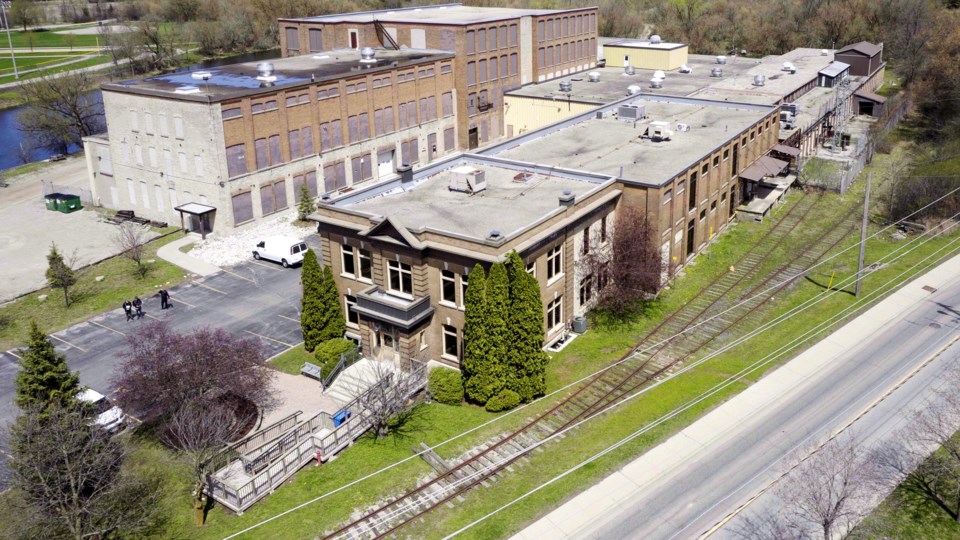Another Preston landmark is up for sale, but this historical building is sold as is with a price tag of $12 million, with no conservation tag attached.
Situated by the river, the mill property at 498 Eagle St. N has been standing in Preston since the American Civil War in the early 1860s. After becoming a wool mill in 1870, the name has stuck with it ever since.
Despite its long history in the city, the building was never officially granted a heritage status, which may have prevented it from going from historical landmark to pile of rubble.
The 19 acre property has over 166,393 square feet of office and warehouse space and is zoned for commercial or residential property.
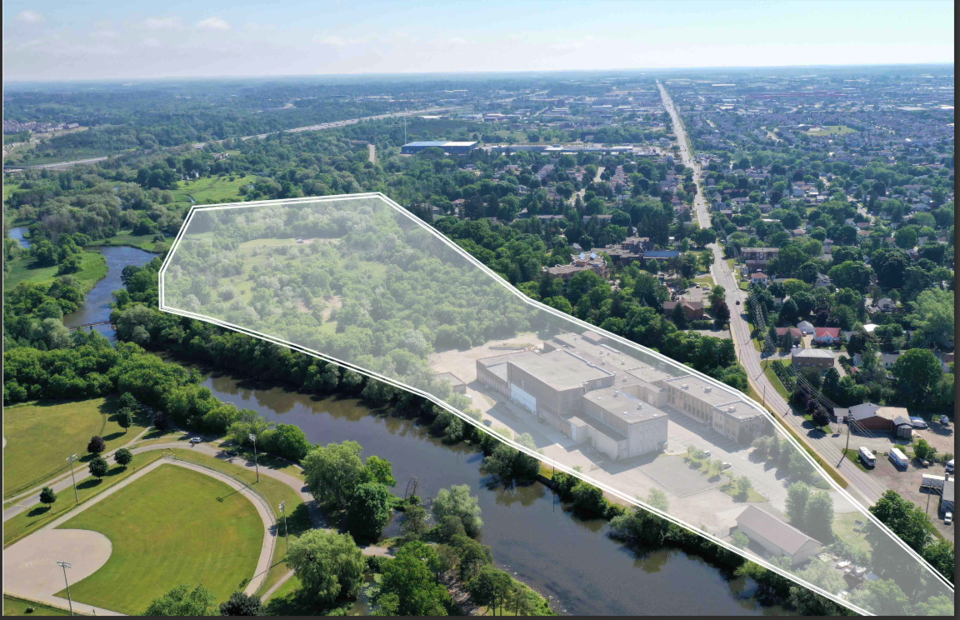
The building is currently owned and being sold by real estate developer Forge & Foster, who own similar buildings, the former Ray Electric building on Park Hill Road included.
They would like to see the building repurposed into a modern living space that combines the old with the new, according to Ben Ames, chief investment officer for Forge & Foster.
"If a developer really wanted to, they could tear it down and build whatever they want but it is an amazing property with so much potential and someone could really utilize the historical facade of the exterior," said Ames.
The mill, originally named the James Crombie and Company mill, was passed down through the generations and ended up in the sole ownership of English migrant George Pattinson.
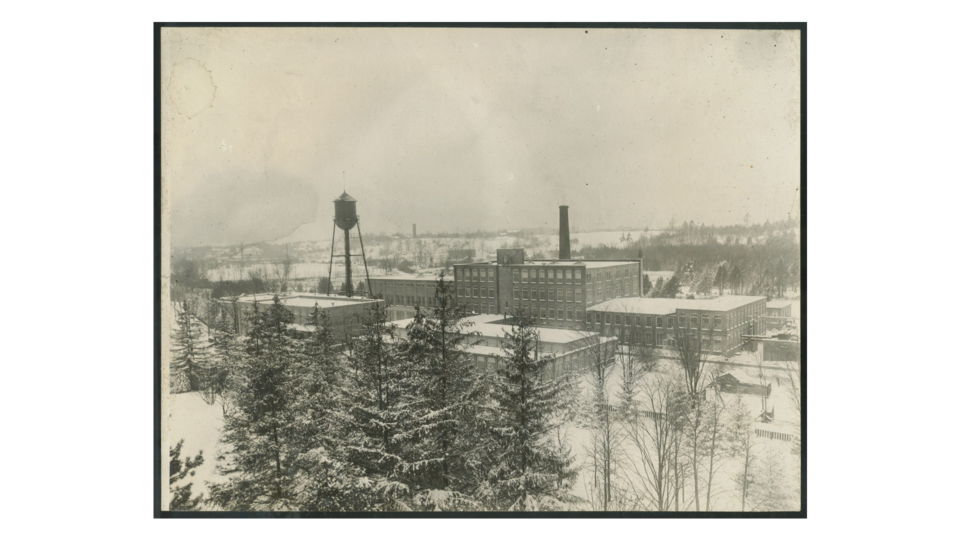
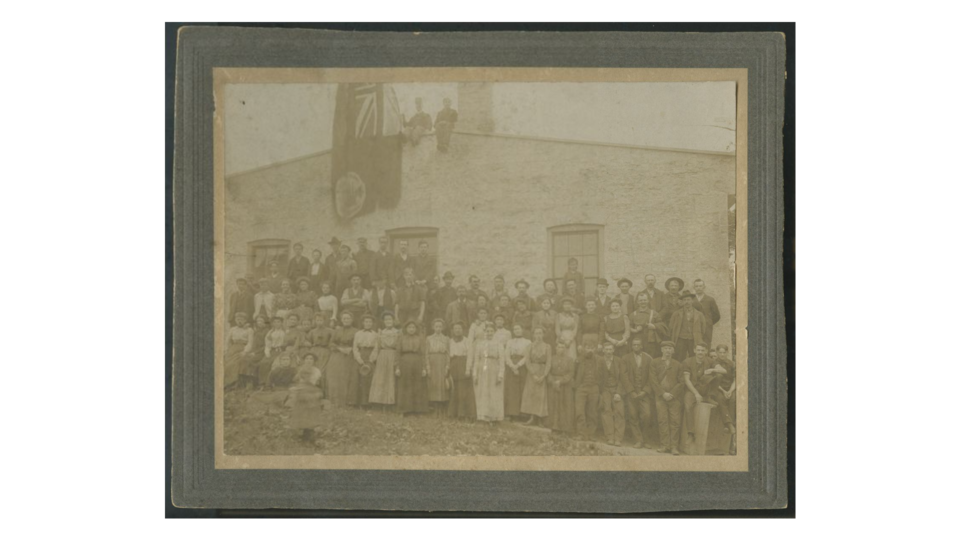
Pattinson worked at the mill for over 60 years, rising through the ranks to eventually become sole owner in 1920.
The woollen mill became a powerhouse and was regarded as one of the largest mills in Canada in terms of sales.
In 1933, Pattinson's son Frank took over the mill after his father passed and operated it in Cambridge until 1958. He then moved production to Jamaica.
When driving down Eagle street, the mill is almost impossible to miss and has become a key piece of the landscape of the Speed River and Preston.
With future LRT coming right along side of the mill, developers will have a perfect opportunity to either tear down the building and start fresh, or create a Preston version of Galt's Gaslight District, Ames said.
With sale of the building looming, the Cambridge branch of the Architectural Conservancy of Ontario is calling for the safeguard of the property to retain the historical and cultural value it brings to the community.
“Our community’s existing building stock is a tangible asset and deserves to be treated as a valuable resource," said Karen Scott Booth, vice president for ACO Cambridge.
"ACO Cambridge encourages property owners eyeing development of a site with existing buildings to see that these assets are retained, conserved, and adapted or converted to new purpose: this site is an ideal opportunity for such vision."
The property is being sold with the intent to have a mixed use of residential and commercial spaces.
According to the realtor CBRE, which is overseeing the sale, there is a potential for 411,978 sq ft of employment and residential uses with over 255 residential units.
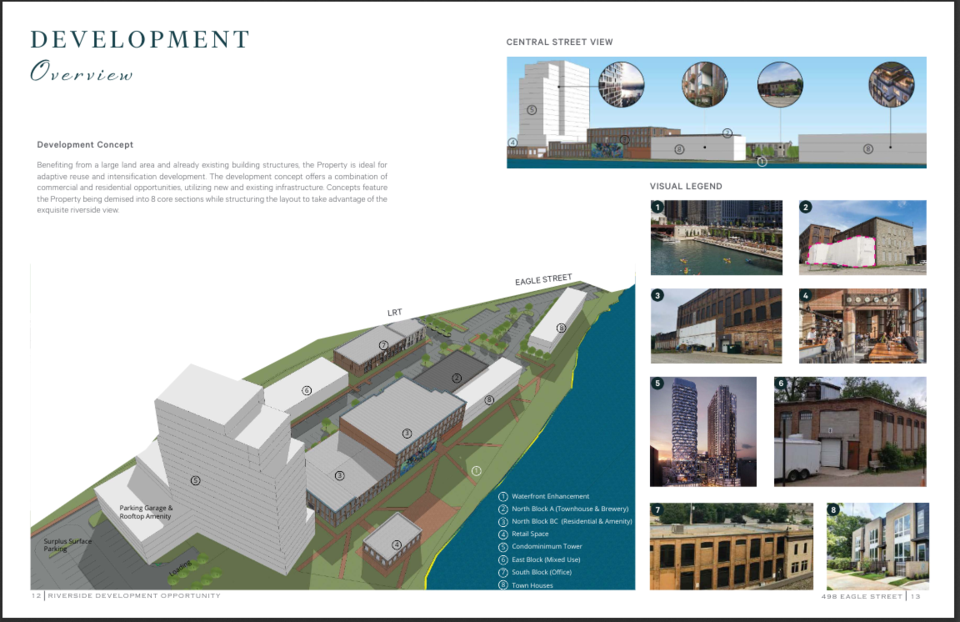
Renderings by the company show condo towers, being built in the wooded area of the property while maintaining the mill at the front.
Forge & Foster has confirmed there is around an acre of land at the tail end of the property that cannot be used for residential housing.
"At the back there used to be a municipal dump, so there is tons of garbage under the ground," Ames said. "There are a lot of other opportunities for that space such as a parking lot or natural area, but there won't be any building on top of it."
The ACO is happy to see new life be brought into a historical landmark, but wants to make sure that it stays that way and continues to remind the community of its identity and heritage.
"Older buildings, like our mills are where our community’s prosperity was founded and contribute to a community’s revitalization and its sense of unique identity, and triggers more economic growth than new construction. Keep, fix, reuse is our goal," said Booth.
